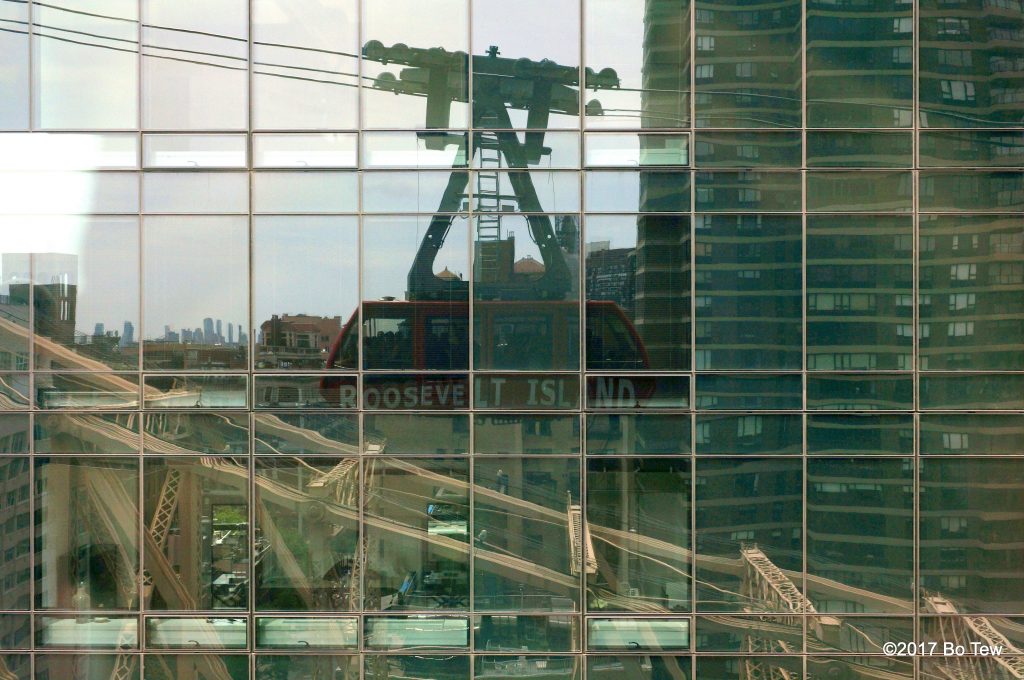
In my very humble opinion, the best game for the Nintendo DS is GTA: Chinatown Wars. Now, you are going to wonder what does this have to do with Roosevelt Island, and also, where in the world is this Roosevelt Island. Let’s start from the beginning; just like in the video game, New York City has 5 boroughs [they are similar to districts]. Many of these boroughs are separated by bodies of water while still connected by bridges and tunnels. Roosevelt Island, or Colony island in the video game, is an island in the East River between Manhattan and Queens. In the game, there exist a toll booth when you drive on the bridge between the two borough. I rarely stop to pay the fees, which will result in a car chase, and that’s when I notice the island that exist below the bridge. [The way to get below is by using another bridge that doesn’t connect the two boroughs, and in real life, that bridge connects Roosevelt Island to Queens.] That is how I knew of Roosevelt Island existence, which isn’t something many native New Yorkers knew.
Apparently, there are only 2 commuters trams in the United States, one in Portland, OR and the other is in downtown NYC connecting Manhattan to Roosevelt Island. I have taken the aerial tram in Portland 2 years ago, and it becomes such an easy task to check the box for “taken all commuters trams in the United States”. And that’s how Michael & Isabel, and I, takes off to the mysterious Roosevelt Island. [By the way, the tram is serviced by the NYC subway system, and is considered as a transfer even though the stations are not physically connected to any metro stations.] The ride itself is pretty short and filled with tourists and locals alike. The views on the ride is pretty spectacular – I can look down onto 1st avenue towards infinity.
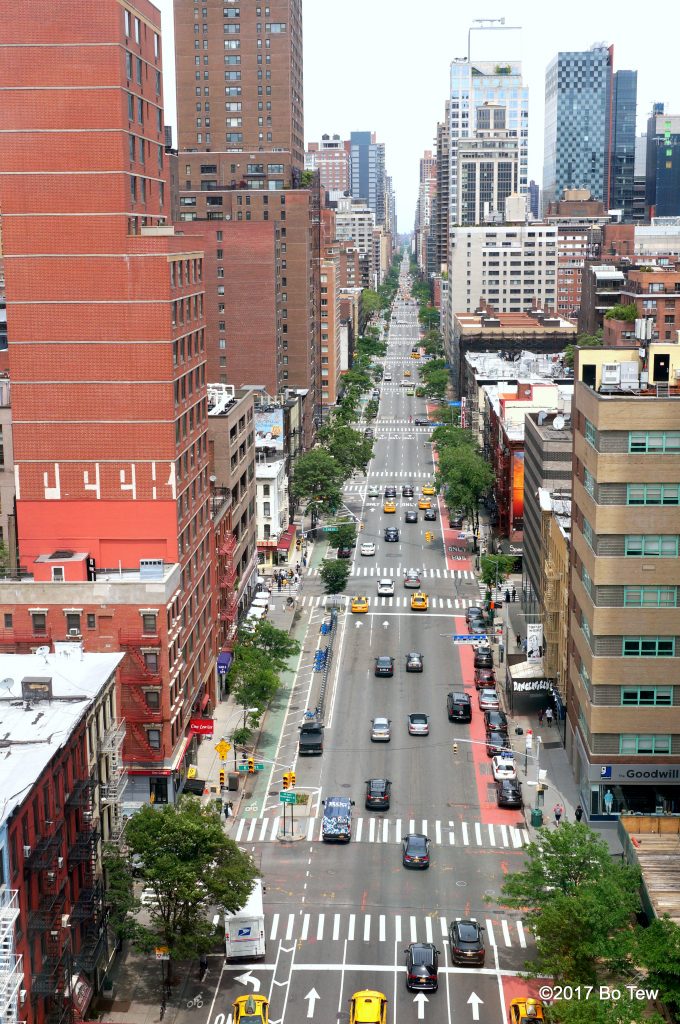
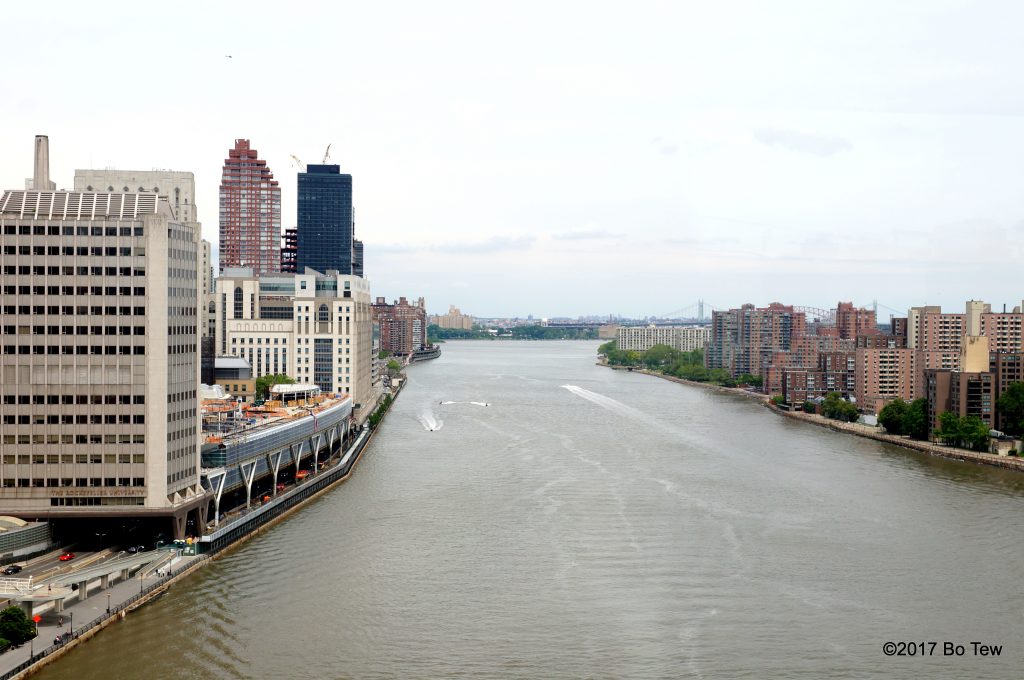
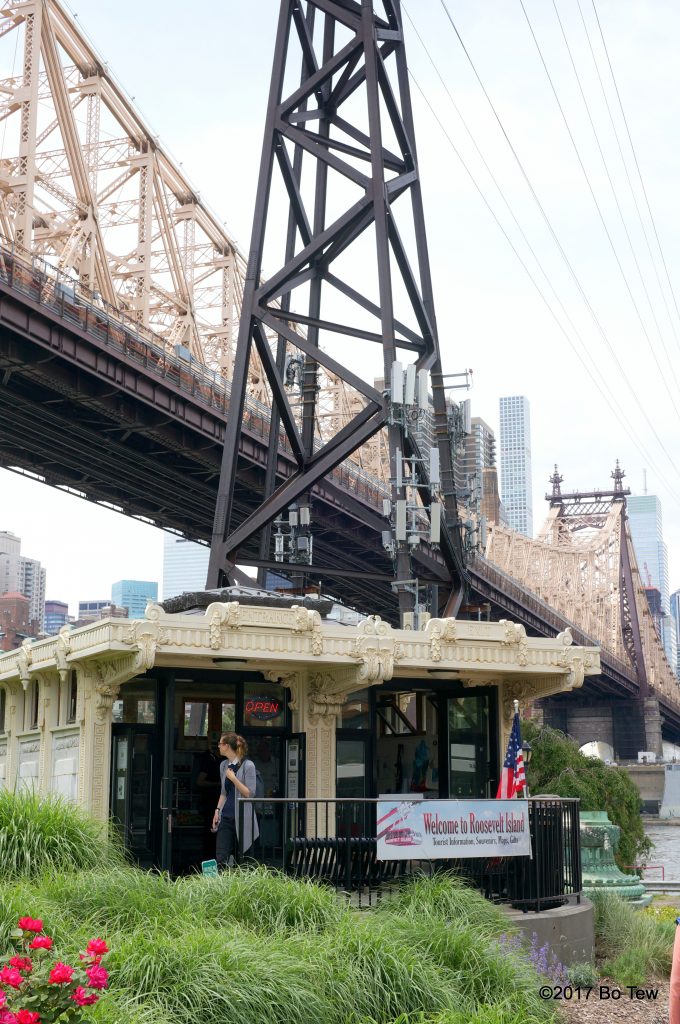
Geographically, the island is long but very narrow. The length runs about 5miles, but the width is at most half a mile. The Tram will drop you off close to the southern end of the island, which contains almost everything a tourist would want to see. We walk along the river on the west bank, and see the skyline of Manhattan, including the iconic United Nations Building. A large Cornell Tech campus is being built around the area, and so there is only one way to that tip of the island. There are a couple of things at this end, including the Smallpox Hospital, Strecker Lab, a cat sanctuary and Four Freedoms Park. Large trees line the path making the walk somewhat pleasant, but one thing to note – there is not many shops around the area, so come prepared with water and snacks.
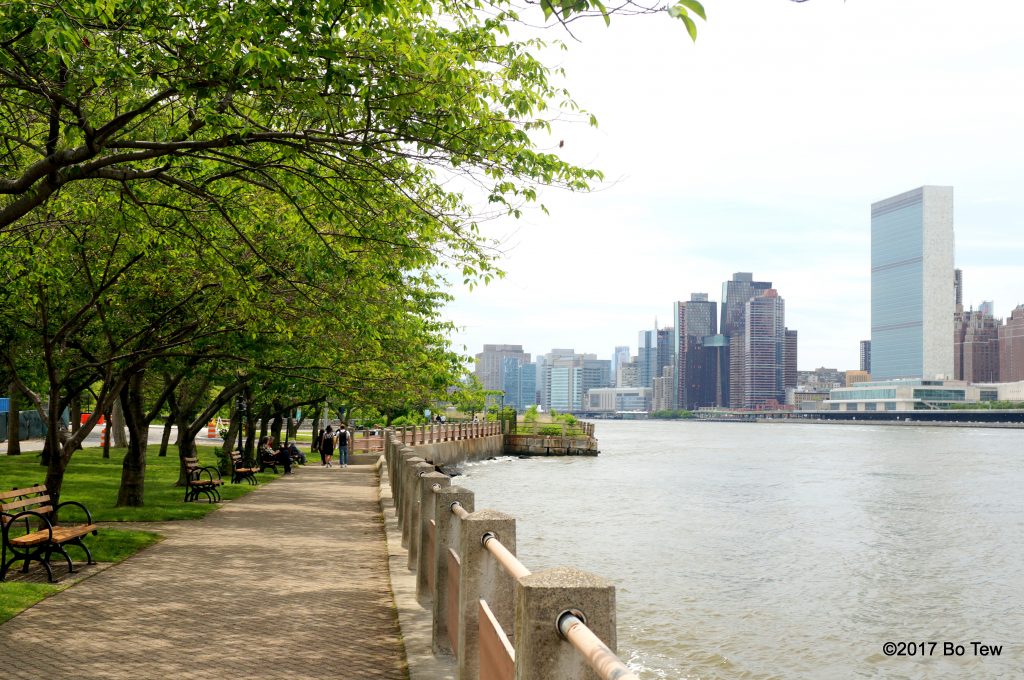
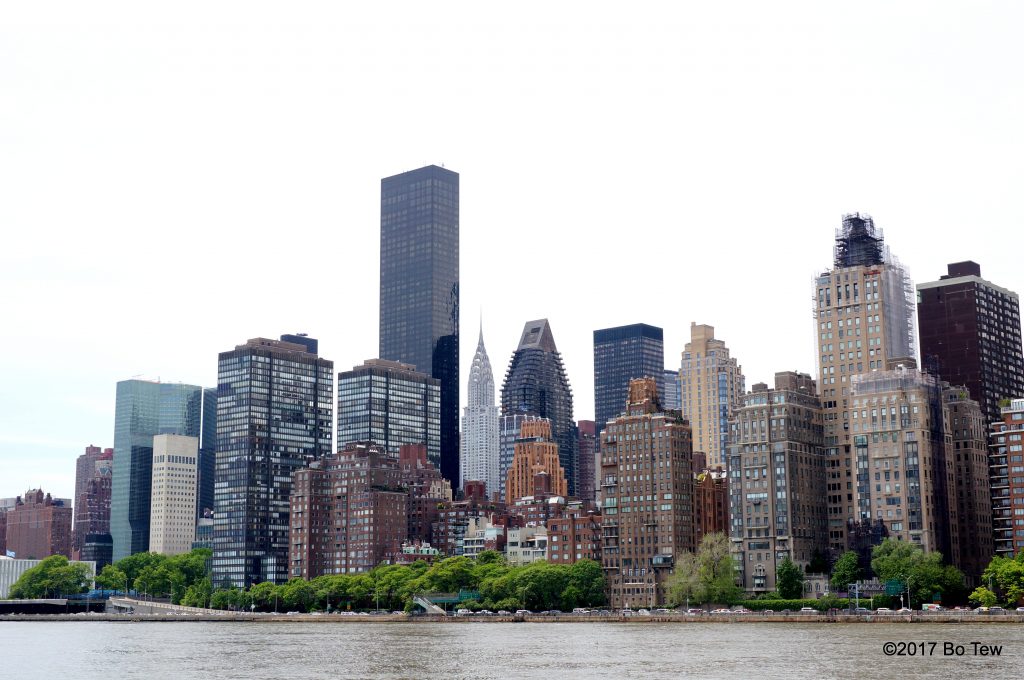
The Smallpox Hospital was designed and built by James Renwich Jr. in the gothic revival style, who was also responsible for the iconic Smithsonian building in D.C. The purpose of the hospital was to quarantine smallpox patients when there is outbreak in the city – and where better to do that than to put all of them on an isolated island somewhat close to the city? I have to read up on smallpox – it is one of the 2 infectious diseases that have been eradicated, and vaccination for small pox has existed for at least a thousand years in China, India and parts of Africa. This ancient knowledge was transferred to Europe by the way of a Lady Mary Wortley Montagu to the United Kingdom, when she saw first hand of vaccination in the Ottoman Empire. Vaccination was effective and adopted by many, but since smallpox is highly infectious, it was not eradicated until the 1980s. Since there is no cure for smallpox, the only way to prevent the spread of smallpox is by quarantine, and thus, this hospital’s raison d’etre. It was not in-used for very long, and was converted into a nursing school, and then into a general hospital before being abandoned for good. Right now, it stands as a ruin, the only such landmark in NYC, with its secrets and horror stories tucked away. Maybe not exactly a horror story, but I assume there had been many people who died in there; besides, a smallpox patient does not look pretty [look it up].
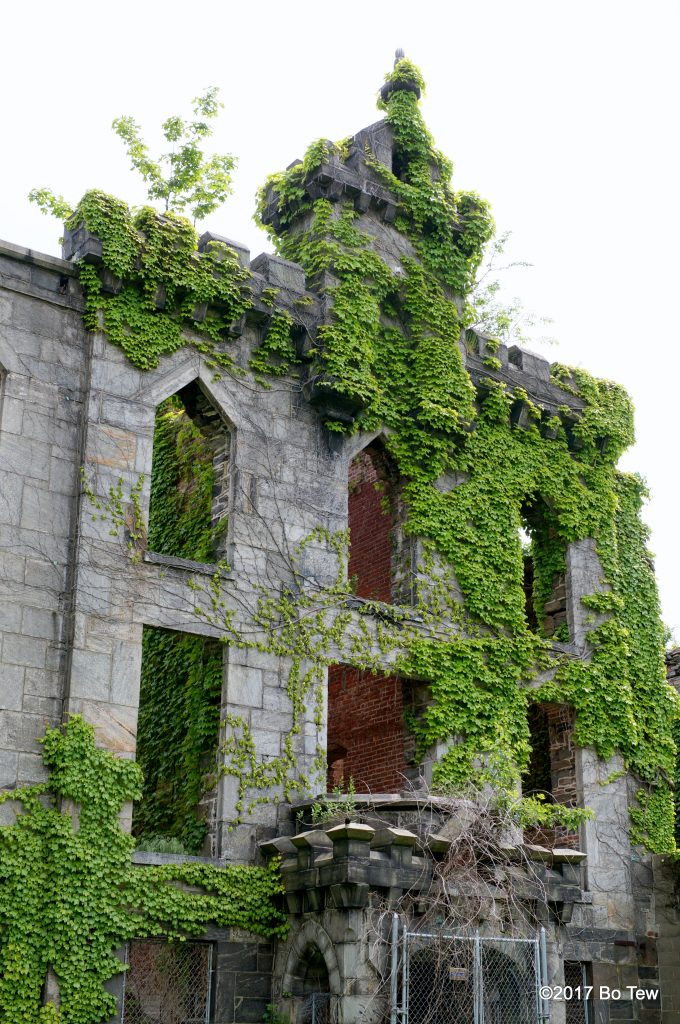
Behind the Smallpox Hospital lies Strecker Laboratory – the first institution in the United States for pathological and bacteriological research. Similar to the Smallpox Hospital, it was closed in 1950s. We are taken aback by the size of the lab, and to think that this tiny red one block building hosted countless scientists and probably made significant medical breakthrough is mind-boggling. There is also the thought that all the highly transmitted diseases were hosted in the same building, inches away from each other – man, it would have been a nasty day if things went sour. It is much better preserved than the Smallpox Hospital, and currently holds one of the power substations for the subway system. Close by, there is also a fenced cat sanctuary. I made out a a cat hidden inside a wooden house, but I’m sure there are many more living in there.
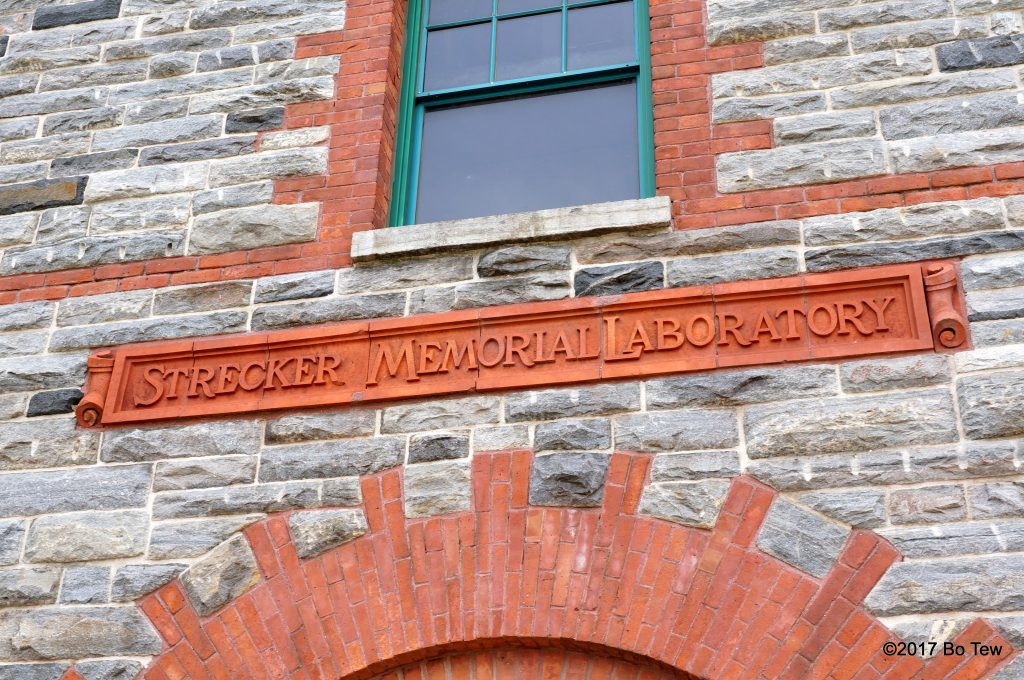

At the southern tip of the island lies the 4 Freedoms park, which is a reference to FDR’s four freedoms speech given at the 1941 State of the Union address. The four freedoms, namely, freedom of speech, freedom of worship, freedom from want and freedom from fear, was targeted at the people around the world during WWII. Louis Kahn, another famous architect, designed the park before his death in the 70s; the park itself was completed only very recently (in 2012) due to the lack of funding for a long time. Huge granite blocks from Mount Airy, North Carolina, made up the monument; A bronze bust of FDR (based on clay version by Jo Davidson, 1933) stares into our faces as we walk towards the end of the island. Before the park was built, the island ended at the edge of the Smallpox Hospital and so the park is built completely on reclaimed land. It is a nice area to have picnic, especially under those huge trees in the park. The views on both banks are great. On the left/East, facing Queens, there is a large Pepsi-cola sign, which is supposed to be world renowned but I have never seen nor heard of it before this visit; on the right/West, facing Manhattan, is a very close view of the United Nations Building, and I can even make out the Sphere Within Sphere, sculpted by by Arnaldo Pomodoro. In front of us (South) lies two pieces of rock in the East River. The closer one is just a rock, while the further and larger land mass is the smallest island in the city of New York, created when Metro was building underground tunnels that connects Queens and Manhattan. It is named after one of the UN secretary-general, U Thant from Burma.
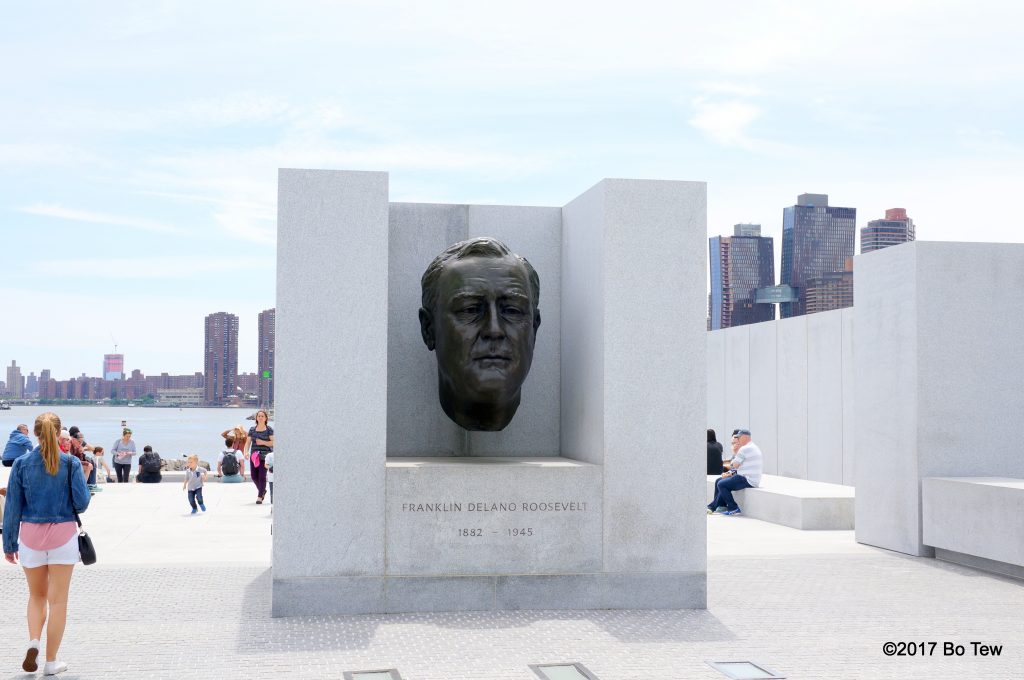
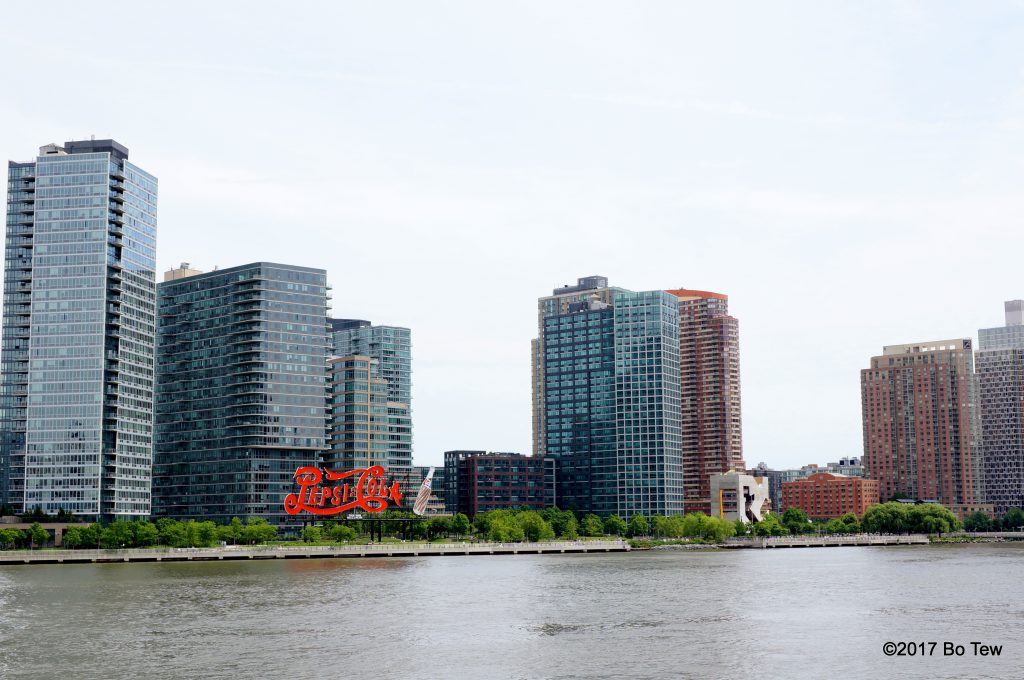
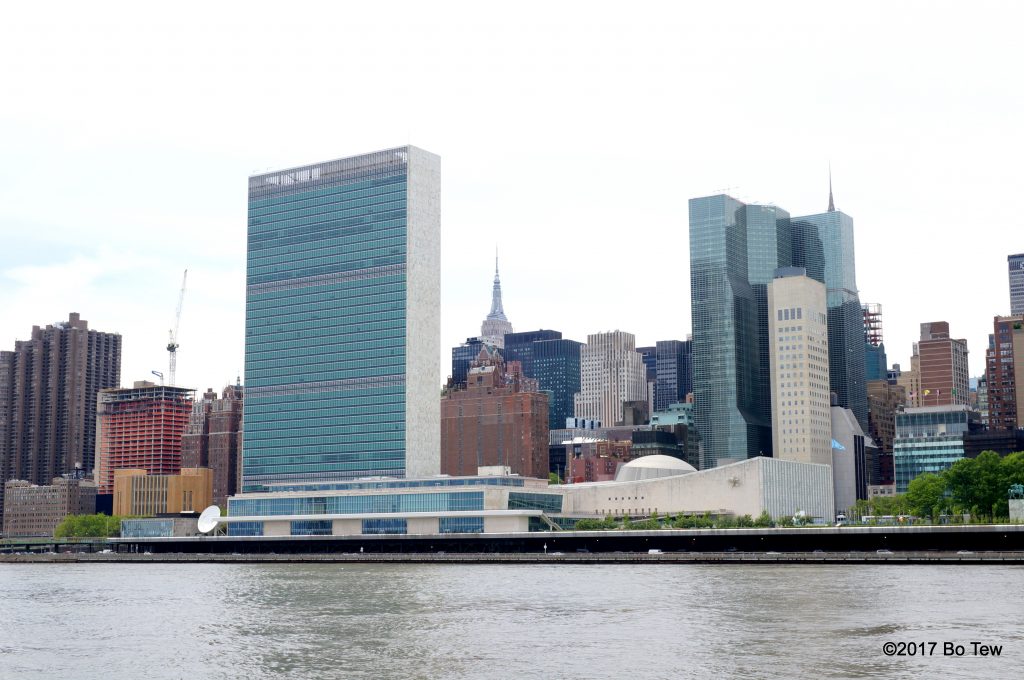
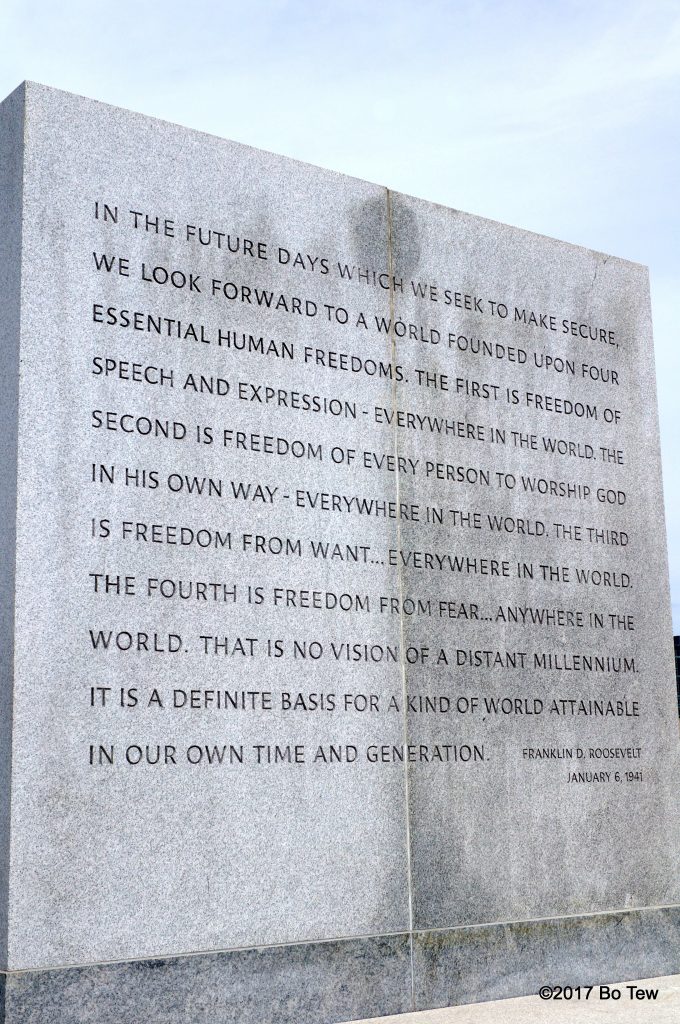
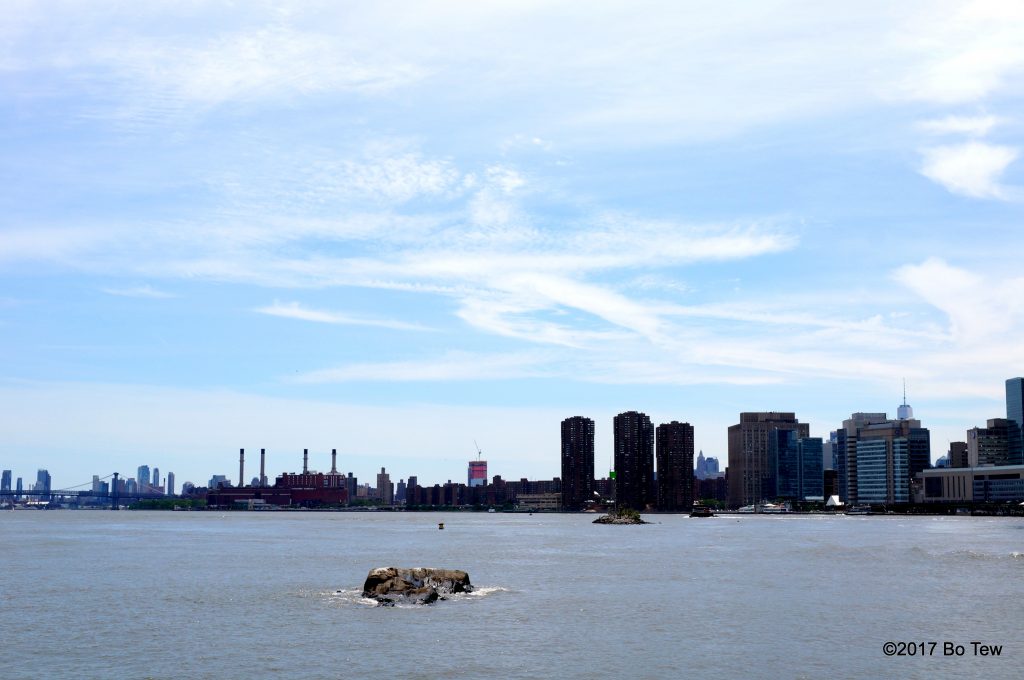
Once we are done with the south end, it was time to walk to the other end of the island. The construction of Cornell Tech blocks a large potion of the area so we have to retrace our steps. We decide to walk through the one and only Main street, which has barely a couple of shops. There is a Starbucks, a Chinese restaurant, an Italian restaurant, an USPS, a weird bank and an unheard brand of grocery shop; there isn’t much more besides that. Considering this is part of upper west side, Roosevelt Island doesn’t feel like it belongs to NYC, with amenities for a small rural town in Kansas. The ancient high rises dominate the skyline of the street – it feels like we are in a Hong Kong movie. Located at the prime location on Main Street is the Blackwell House, the first house on the island, and was built by the Blackwell family in 1676, who owned the island until it was sold to the city of New York in the 19th century. Another historic building on the island is the Chapel of the Good Shepherd, which looks weird when superimposed on the skyline. They are blasting Christian music as we walk in, so we leave pretty much immediately cowered in fear.
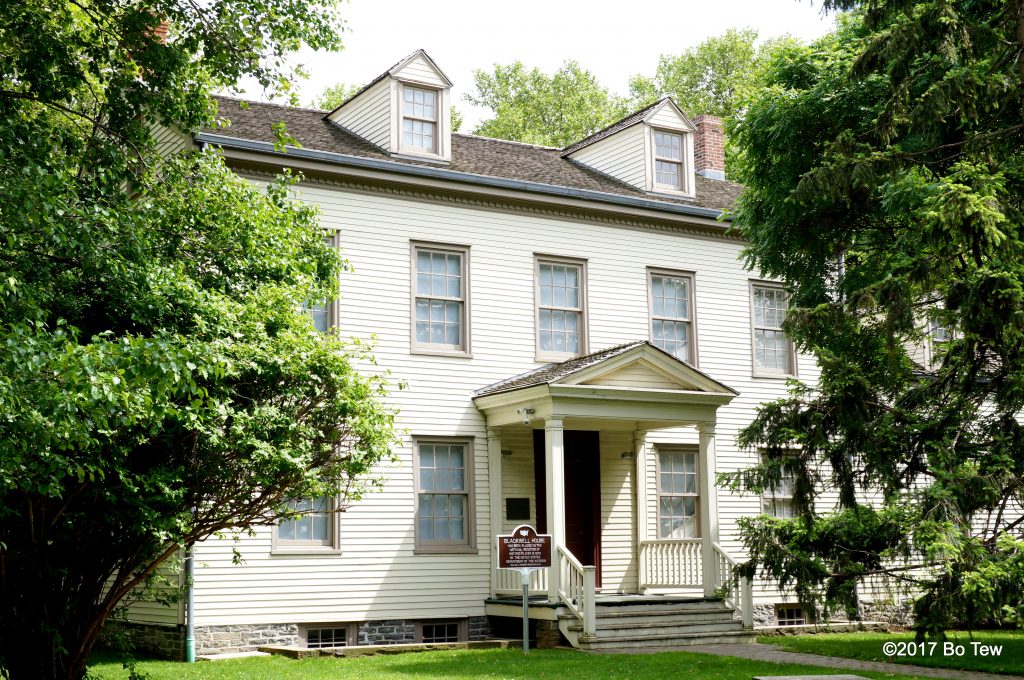
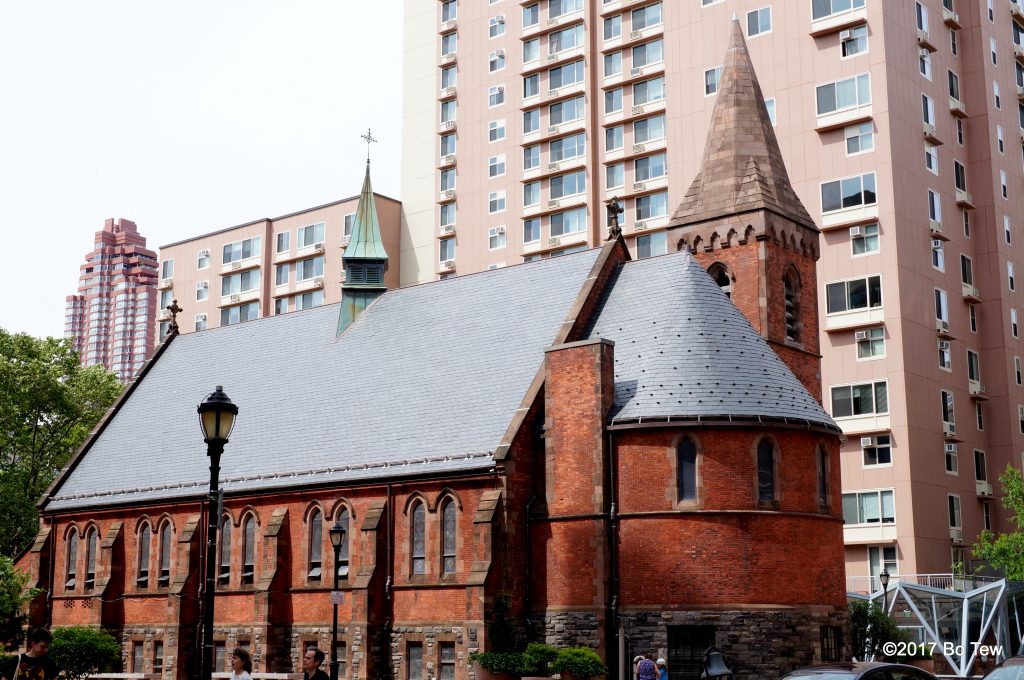
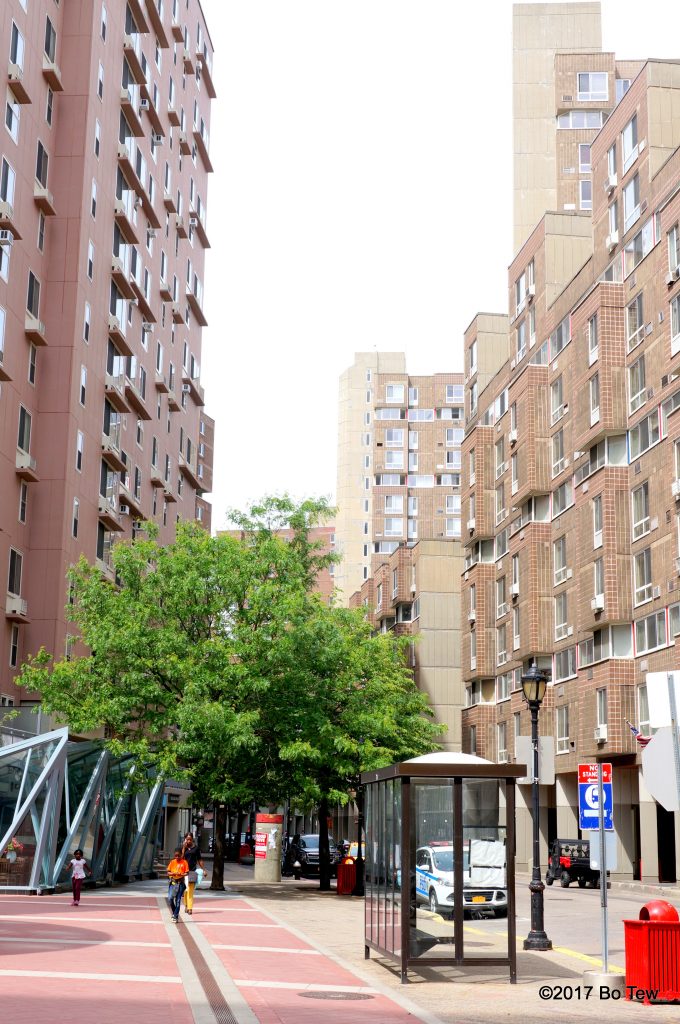
At the North terminus of the island lies another park, much smaller than then 4 Freedoms park, but contains a historic lighthouse that guided ship in the East River. Unfortunately, we couldn’t go up the tower to get a better glimpse of Manhattan and Queens. The wind is rather strong and there seems to be a lot more locals hanging out here – I believe that’s because it is too far for an average tourist to walk to. It is a nice tiny park, especially because lighthouse is a rare sight around the area. [To be fair, Statue of Liberty is like a huge lighthouse. It rarely occurred to me that the torch could be used as a navigation tool. Though, after doing some quick research, it seems like the statue was not engineered for navigation and they gave up using it pretty quickly. A structural engineering wonder doesn’t mean it is useful.]
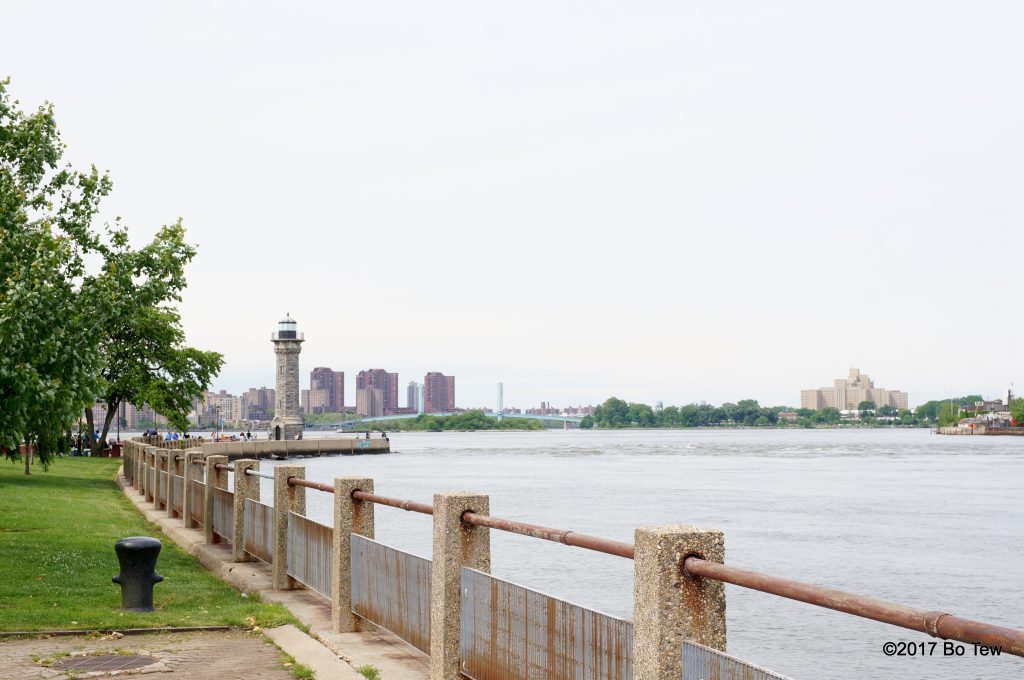
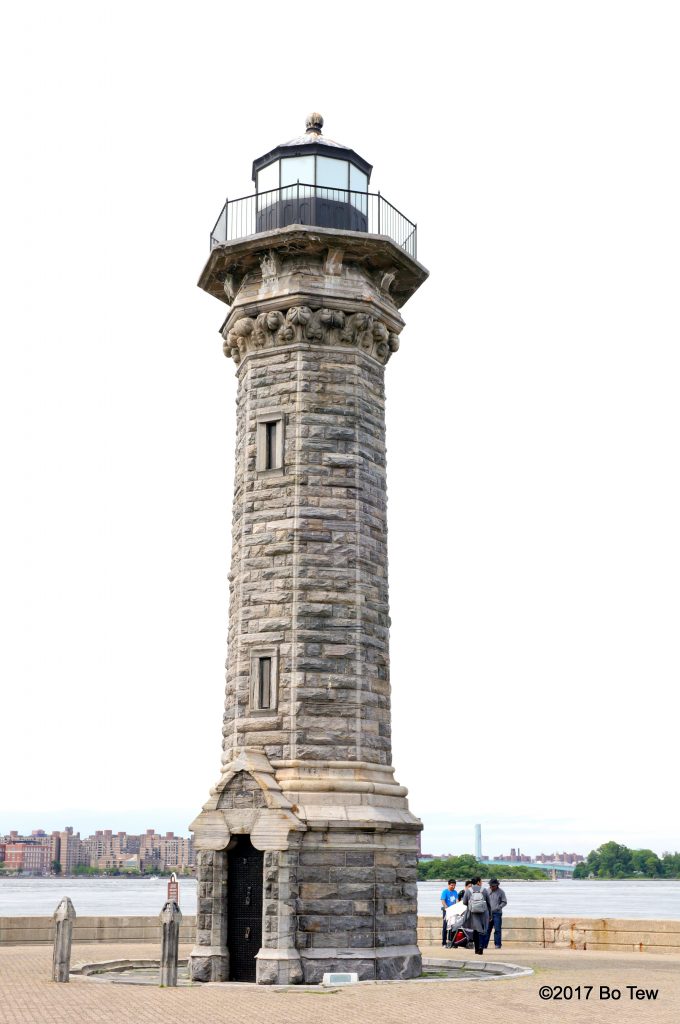
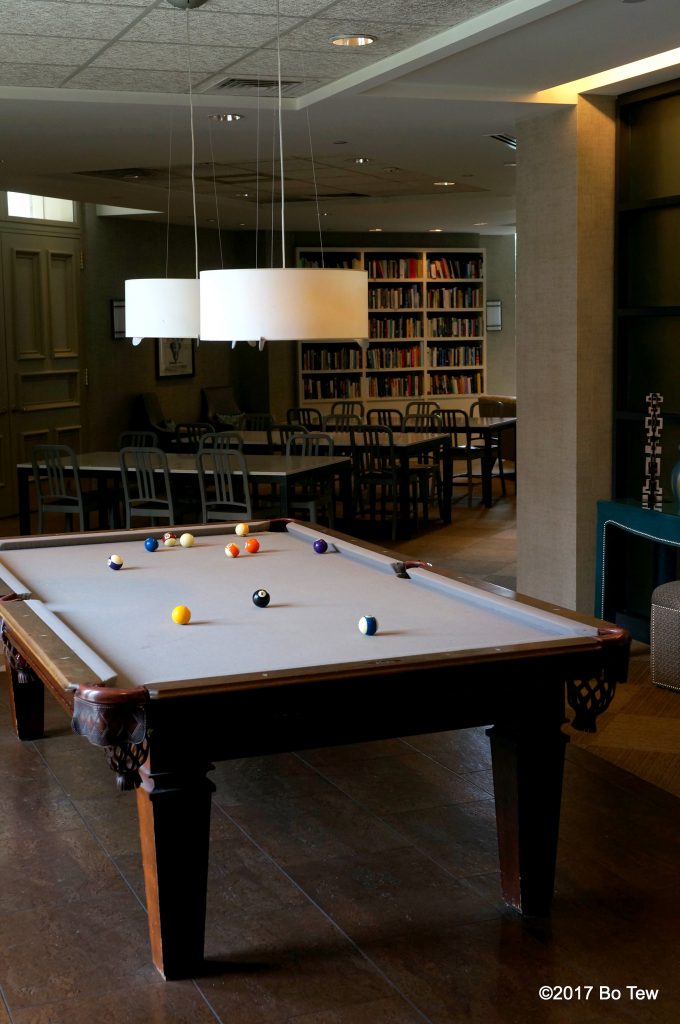
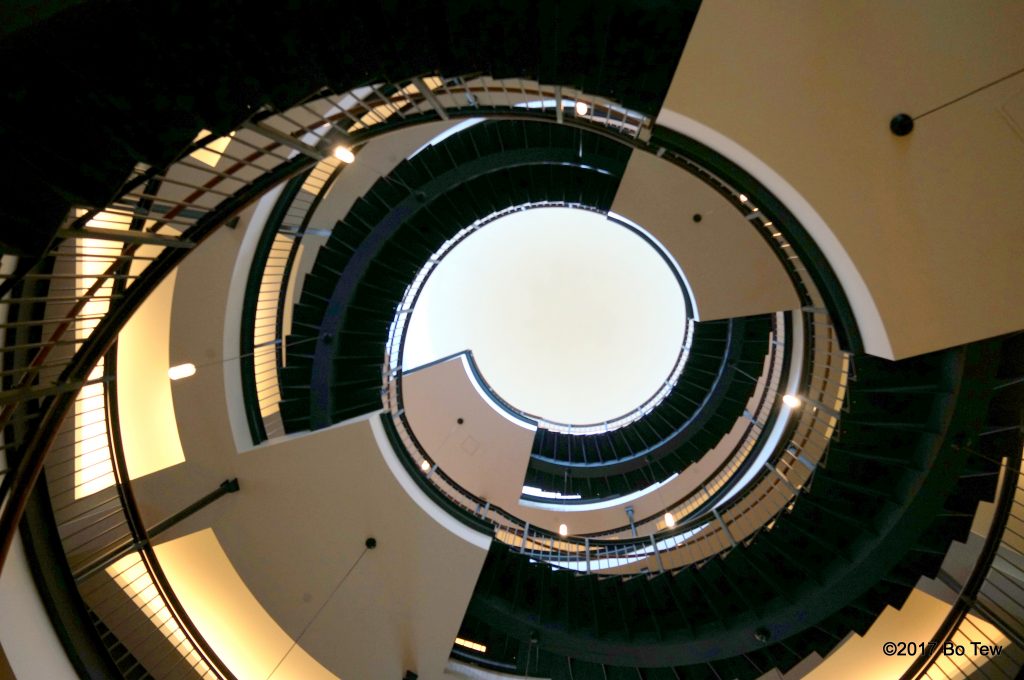
We started backtracking to the tram station, and arrived at the Octagon. Right now, it has been remodeled as a fancy condominium, though, the history of the building is a bit darker. This was the location of NYC Lunatic Asylum back in 1839, and the main tower/atrium is in the octagonal shape because people thought that is good for psychic/spiritual energy, kind of like fengshui, for the mentally ill. The circular staircase going up the Octagon is marvelous, and it looks like the kind of architecture Steve Jobs will appreciate. Similar to all asylums in the rest of the country at that time, even though the Octagon is amazing, patients were treated horribly. There was a reporter who went undercover to see what’s going on in there and came out damaged after a week. It was closed at the turn of the 20th century, and abandoned for the last 50years until it was recently renovated into what we see today. It seems like the entire island was ignore for a long time and only gain traction in the past decade. There is a tiny art gallery on the first floor showcasing some local(?) artists, and there are pieces of art for sale. We snoop around and find the door to the common area unlocked – and I would like to remind people that this is indeed a very nice place to stay.
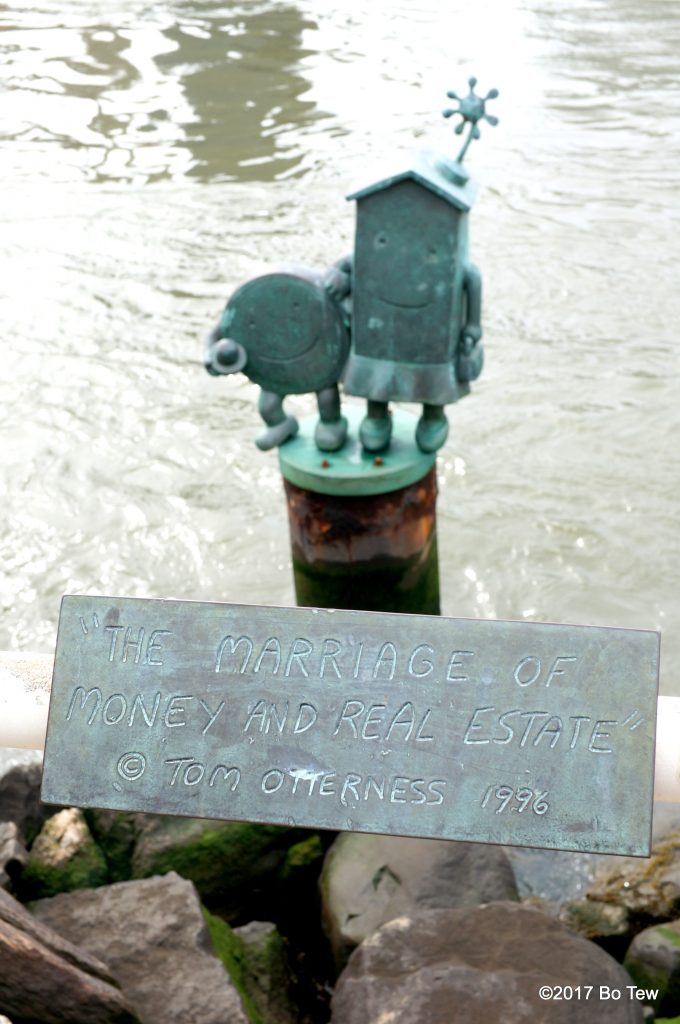
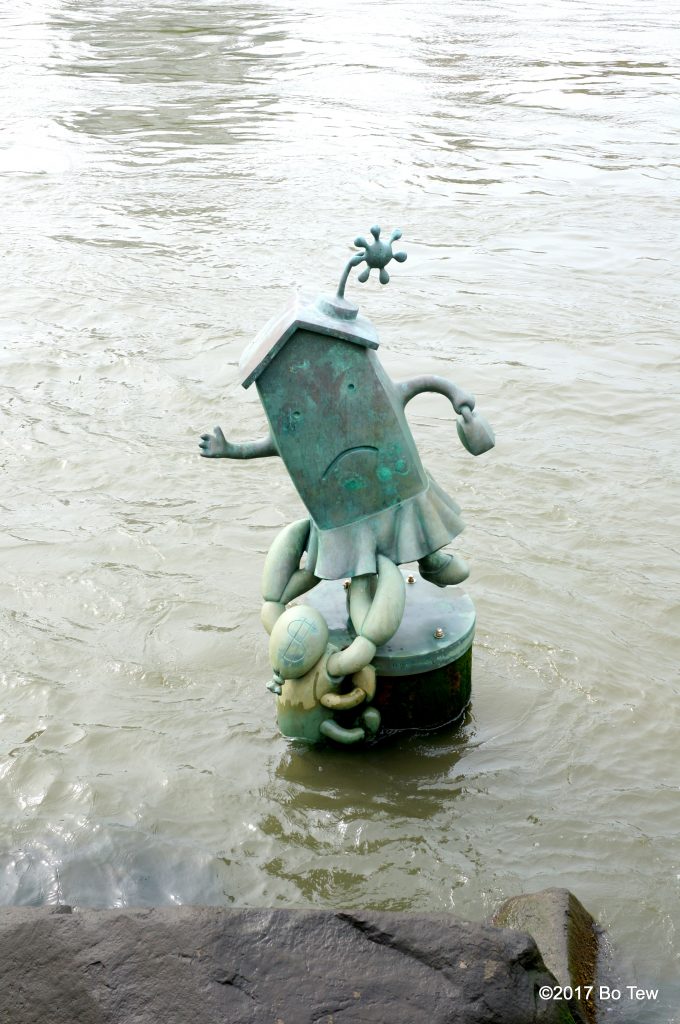
Pay attention when you are at the 14th Street/8th Avenue subway station, because you might spot some very cute bronze sculptures. These art works are part of the “Life Underground” series, created by Tom Otterness back in 2001, and depicts the life of New Yorker through the eyes of a cartoonist. He created a similar set of art work, “the marriage of money and real estate“, in 1996, and in 3 sculptures, fortell the story of the 2008 financial meltdown/mortgage crisis. Living in the Big Apple is to try to survive the cruel rat race, and Tom Otterness’s “capitalist realism” sculptures both warn and predicts the price we have to pay for a “free” capitalist society. He reminds me of a comic where politicians ask a scientist when will the tools to solve climate change be ready, and the scientist reply it was already invented.
That about concludes our round the island tour of Roosevelt Island. The 7 train isn’t stopping on the island today, so we are back at the tram station to take our return ride back to Manhattan. Roosevelt Island feels so isolated from the rest of Manhattan. It is slower and everything seems like it is stuck in the 80s. I am not a bit surprise when a tour guide said that there is almost no crime on the island – first of all, whatcha gonna rob? As we set foot in Upper East Side, time seems to speed up 10 times. The chronosphere around Roosevelt Island is so apparent. It might be a nice hideout for rich people who would want the quiet and proximity to Manhattan, but I have a feeling that is going to change as soon as thousands of students start to hang out around Cornell Tech. And that’s why you should definitely check out this unique island before it gets run over by tourists and students alike. It is ironic that at a place on Island Time, time is now of the essence.
May 28th, 2017.